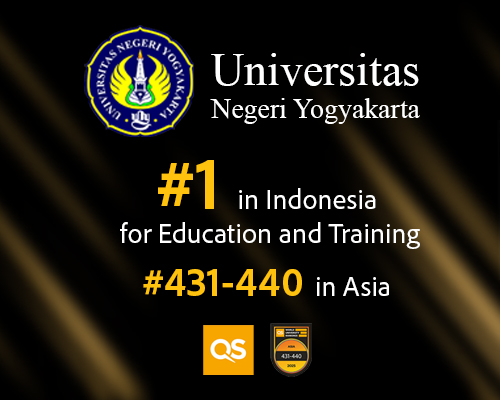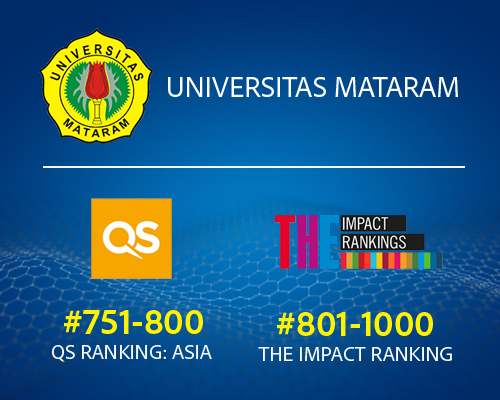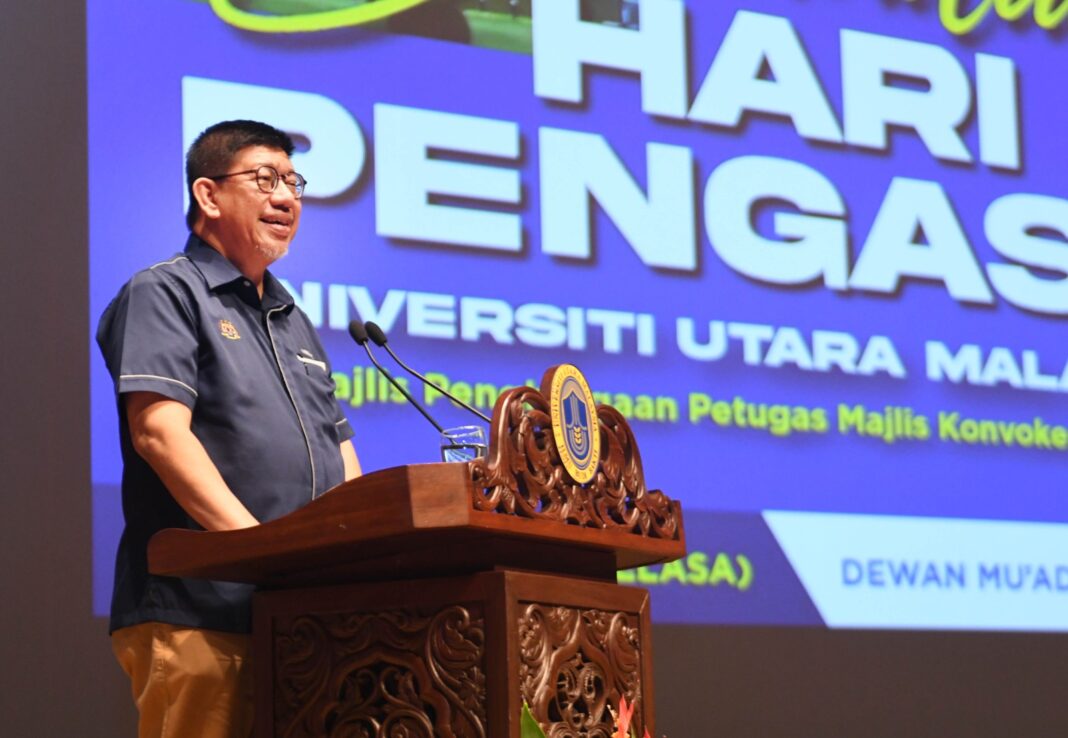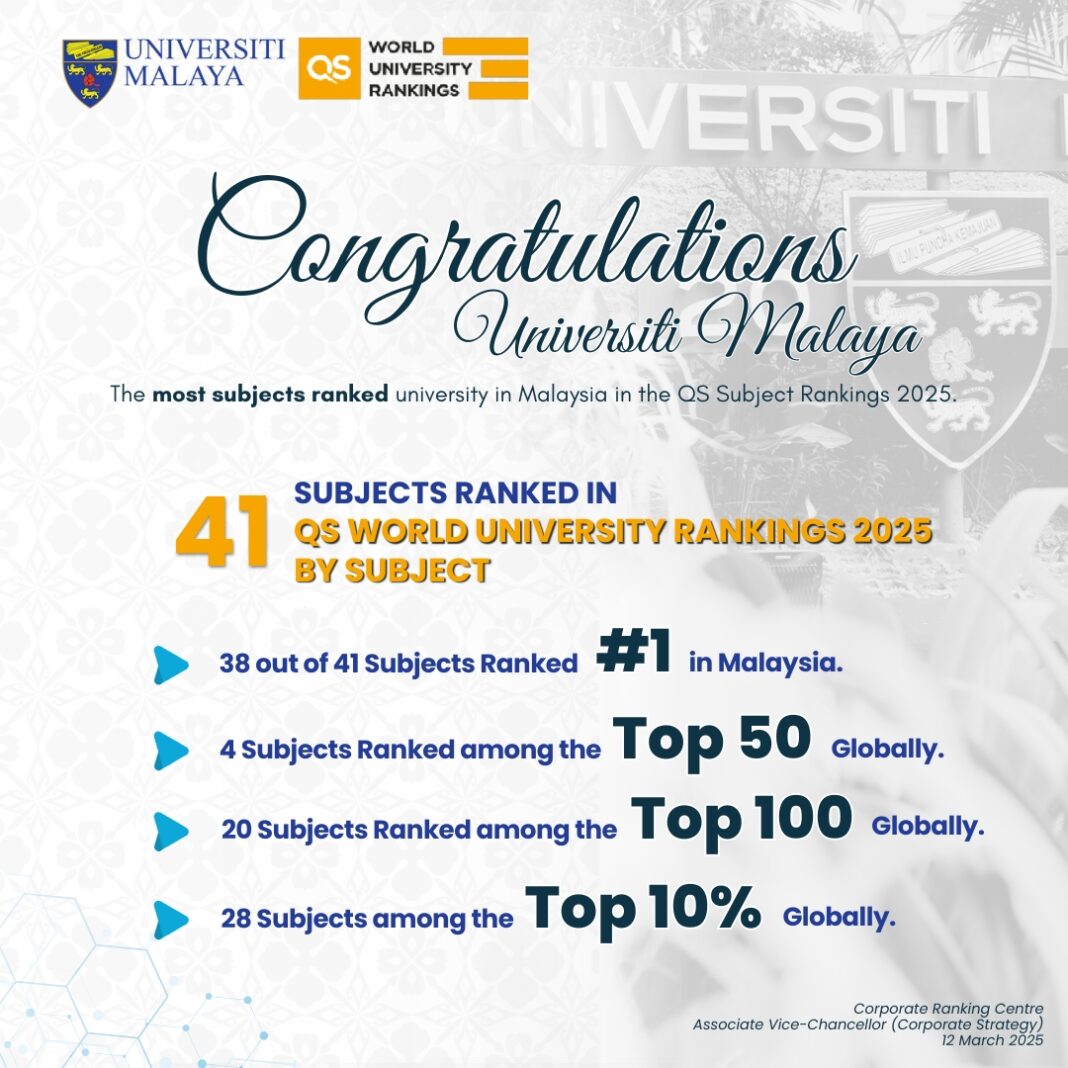Malaysia leverages its 2025 ASEAN Chairmanship to cement its position as the region’s premier education hub through an ambitious student mobility initiative. The programme brings together 500 students from over 100 ASEAN universities to foster academic collaboration and cultural exchange.
**Key Points**
- 500 students from 100+ ASEAN universities participate in Malaysia’s inaugural Student Mobility Programme
- Programme runs February 11-25, 2025, combining online competitions with physical university placements
- 13 Malaysian universities host international students to showcase the country’s higher education landscape
- Initiative aligns with Malaysia’s ASEAN Chairmanship goals of regional integration and cooperation
- Students engage with Sustainable Development Goals through the ASEAN Future Innovators Challenge
How Malaysia’s ASEAN Student Mobility Programme Strengthens Regional Higher Education Cooperation
What drives Malaysia’s regional education leadership strategy?
Malaysia’s Ministry of Higher Education (MoHE), partnering with the ASEAN Socio-Cultural Community (ASCC), has strategically positioned the country’s 2025 ASEAN Chairmanship to advance regional educational cooperation. Consequently, this initiative represents a comprehensive approach to establishing Malaysia as the region’s definitive education hub.
Universiti Utara Malaysia (UUM) spearheads the ASEAN Student Mobility Programme through its Centre for International Affairs and Cooperation (CIAC). The university coordinates this effort alongside the ASEAN Universities Exhibition and Forum 2025 (AEF2025), organized by Education Malaysia Global Services (EMGS).
Strategic objectives align with regional integration goals
According to Deputy Secretary-General (Policy) Dato’ Dr. Megat Sany Megat Ahmad Supian, the programme prioritizes enhanced educational cooperation, cross-border academic collaboration, and enriched cultural exchanges. These objectives directly support ASEAN’s broader regional integration framework.
How does the programme structure maximize student engagement?
The inaugural ASEAN Student Mobility Programme operates across multiple phases, designed to offer dynamic academic activities and innovative experiences. The comprehensive timeline spans February 11-25, 2025, incorporating both virtual and physical engagement opportunities.
- Online phase begins February 11 with the ASEAN Young Talent Speaker Contest focusing on critical regional issues
- Physical placement phase runs February 19-23, distributing students across 13 Malaysian universities
- Students explore Malaysian higher education landscapes while examining cultural diversity
- ASEAN Future Innovators Challenge integrates Sustainable Development Goals throughout the experience
Participation scope demonstrates regional commitment
The programme has attracted remarkable participation from over 100 universities across the ASEAN region, bringing together 500 students for this groundbreaking initiative. This scale reflects the significant regional appetite for enhanced educational cooperation within ASEAN.
What role do Malaysian universities play as hosts?
Thirteen Malaysian universities serve as hosts during the physical placement phase, providing international students with comprehensive insights into the country’s higher education ecosystem. These institutions showcase Malaysia’s educational strengths while facilitating meaningful cultural exchanges.
*The programme represents more than academic exchange—it’s building the foundation for ASEAN’s integrated educational future.*
UUM, as the main host university and co-organizer alongside EMGS, demonstrates exceptional commitment to fostering international networking within the ASEAN region. This leadership role reinforces the university’s dedication to strengthening regional higher education systems and developing globally competitive talent.
How does this initiative support sustainable development goals?
The ASEAN Future Innovators Challenge integrates Sustainable Development Goals throughout the student experience, connecting academic learning with real-world applications. Students examine SDGs within the context of regional challenges, preparing them to address complex issues facing ASEAN nations.
This approach ensures participants gain practical understanding of how higher education institutions can contribute to sustainable development across the region. Moreover, it aligns educational outcomes with global sustainability frameworks endorsed by the United Nations.
Bottom Line
Malaysia’s ASEAN Student Mobility Programme establishes a new benchmark for regional educational cooperation, leveraging the country’s chairmanship to create lasting institutional partnerships. The initiative’s success in attracting 500 students from over 100 universities validates Malaysia’s growing influence as an education hub.
The programme’s multi-phase structure and focus on sustainable development goals position participating students to become catalysts for regional integration. As Malaysia continues leading these efforts through partnerships with EMGS, UUM, and other institutions, the country solidifies its reputation as ASEAN’s premier destination for higher education excellence.






